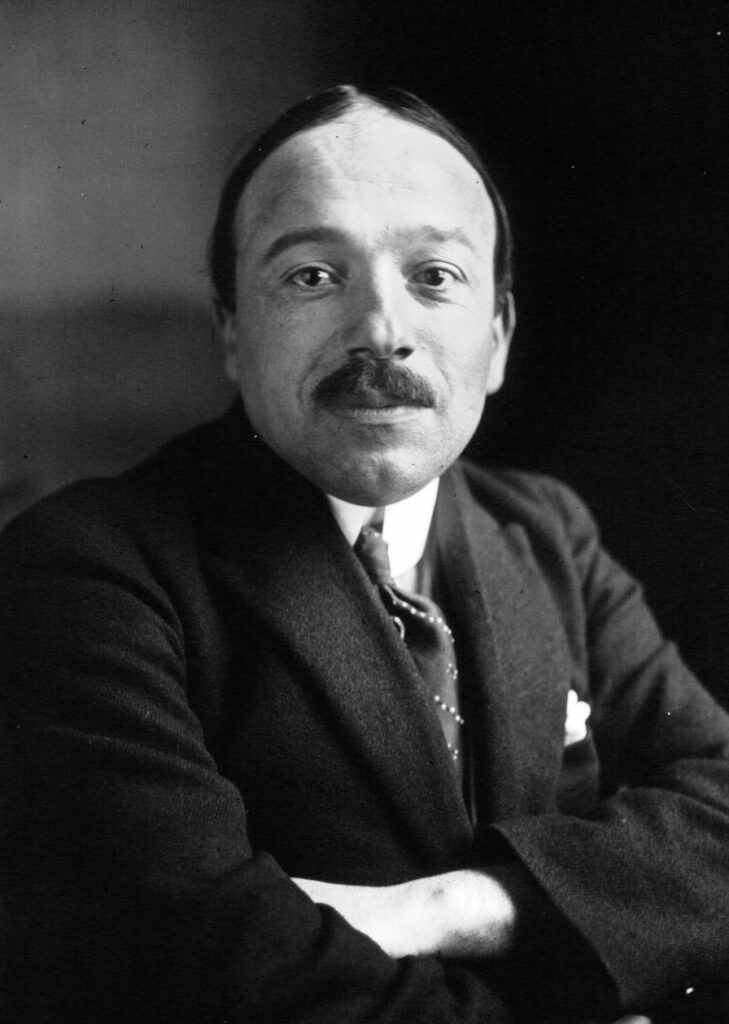Built and launched the first modern multi-staged rockets.
Louis Damblanc was born in France on June 29, 1889. He was a well-educated inventor interested in research in aeronautics, astronautics, mechanics, and optics. An aviation pioneer, in 1921 he designed an early twin-engine helicopter, the “Alerion.” He then began to pursue rocketry and worked with the Ecole de Pyrotechnie in Bourges to produce solid propellant blocks for rockets.
While working as a civil engineer in Paris, between 1932 and 1935, Louis Damblanc performed experiments with black-powder rockets for use as signaling devices. He was among the first to carry out methodical tests of the principle of rocket staging and built a test stand to measure rocket thrust, publishing his results in 1935, the same year he launched the world’s first multi-stage rockets, in Bourges. His efforts earned him the Prix International d’Astronautique in 1935. From 1935 to 1939, Damblanc launched more than 360 rockets, the largest, a three-stage rocket, was more than five inches in diameter.
Louis Damblanc patented the first modern multi-stage rocket on March 7, 1936. He improved his rockets’ performance through the use of a new aluminum/magnesium alloy, “Electron” beginning in1938. This was the first use of magnesium alloys in rocket vehicle structures, a major technological innovation. In July 1965, he was paid for his patent on “Electron” by the U.S. government to cover its use by the Navy in their Terrier Surface-to-Air Missile. Damblanc also perfected means of stabilizing his multi-staged rockets in flight.
Damblanc conducted a variety of projects throughout the 1930s, including aircraft take off boosters; a postal rocket, underwater rockets, anti-aircraft cables and rockets; and supply rockets with recoverable payloads. In 1938, he also successfully tested signal rockets that reached altitudes of three-quarters of a mile. Unfortunately, similar to Robert Goddard in the United States, Damblanc’s research never received adequate support from his government. French rocketry did not reach a sufficient stage of development to prevent Germany’s triumph over France in 1940.
Louis Damblanc died at the age of eighty in early December 1969. He lived long enough to see multi-staged rockets, based on his pioneering research, take men to the Moon.

